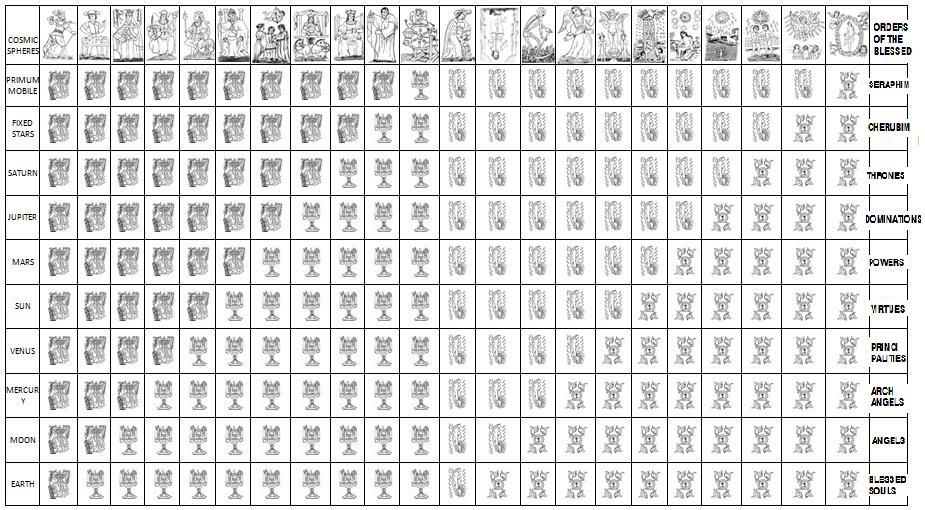Bernice
Hello Kwaw,

(2) I'm not sure that the early card designers incorporated planetry associations in their decks.

I spent some years with the ToL, and the depth & breadth of it's scope is all-encompassing. The RWS 'tarot' decks are admirably tailored for it. But the Suit & Pip cards preceeded the Trumps and were probably not related to the Qabalah at all. I wish I knew how the Mamluks used them....
Bee
(1) This, I agree with(1) The ranking of pip cards in ascending and descending arcs is found in descriptions of card games from at least early 15th century, and the rule is also to be found in earliest descriptions of the game of tarot.
(2) Numerical ordering of the planets in ascending and descending arcs is ancient.
(2) I'm not sure that the early card designers incorporated planetry associations in their decks.
I have no doubt about this either!Concepts of the souls movement in ascending and descending arcs is common to Christian, Jewish and Islamic mystical theology.
This, I'm not too sure about (for marseille divination). I know that the Qabalah underwent changes - lots of bits have been added into it over time. Evolution.Planet to sephiroth attributions are ancient and the above attributions are attested too from at least the 13th century.
I spent some years with the ToL, and the depth & breadth of it's scope is all-encompassing. The RWS 'tarot' decks are admirably tailored for it. But the Suit & Pip cards preceeded the Trumps and were probably not related to the Qabalah at all. I wish I knew how the Mamluks used them....
Bee



